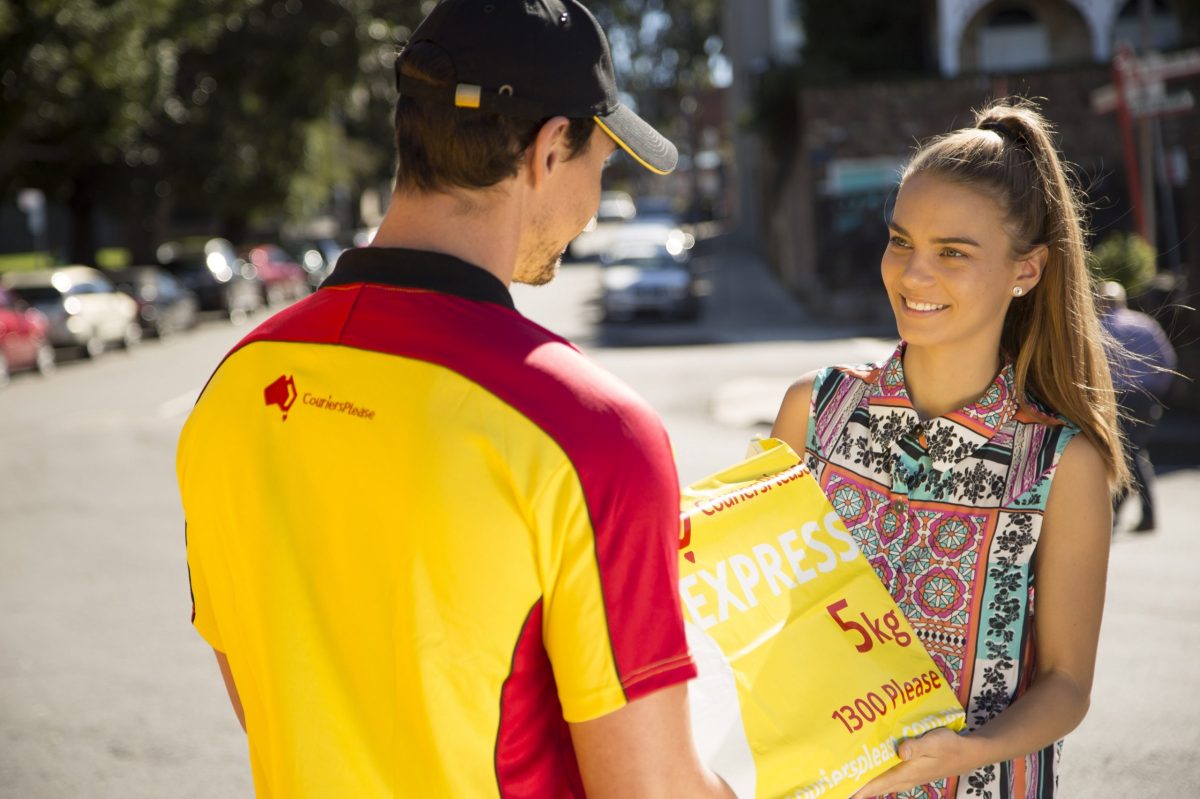Retailers often develop bespoke returns policies that they require customers to adhere to, but leading parcel delivery service, CouriersPlease (CP) has done its research to find out specific rules around returns from the Australian Consumer Law, Australian Competition and Consumer Commission, Consumer Affairs and Fair Trading.
CP head of commercial and transformation, Jessica Ip said retailers should know the national and state-based legislation relevant to them – as well the consumer guarantees covered by these laws.
“Consumer guarantees are automatic protections consumers receive in the purchase products and services. For instance, products must be safe and lasting, and retailers must offer remedies if this isn’t the case. In the development of their returns policies, retailers need to find a balance between meeting the legislation and building customer trust and loyalty.
“CP aims to help retailers offer customers a seamless returns experience through our newest self-service returns portal, Boomerang. Customers who shop with retailers that use Boomerang can return their purchases to a conveniently located drop-off point, which will then be collected by a CP driver and returned to the retailer’s warehouse. Our retailer partners can instead focus their energies on optimising sales, rather than handling reverse logistics, which may not necessarily be their area of expertise.”
Rules on returns that retailers may not be aware of include:
- The customer isn’t always right. Retailers are not required to provide a refund to customers in every instance. For example, the consumer guarantees – such as the consumer right to return an item that doesn’t match its description, receive a repair or replacement for a faulty product and the right to cancel a service if it doesn’t offer the desired results, when they purchase products or services – do not apply if shoppers simply have a change of mind, find a cheaper alternative or found that they no longer need it. In these instances, retailers are not required to right the wrong or offer a remedy.
- No receipt? No problem. Legally, customers do not need to provide a store receipt to return a product if they can prove the item was purchased from the store, they are entitled to a full refund. Proof of purchase can include a credit card statement, a lay-by agreement, or a confirmation or receipt number from a phone or online purchase.
- Warranty cards are not necessary. Warranties are often issued to a customer when purchasing electronics or whitegoods. Many retailers require the customer to produce these when they make warranty claims. However, customers are entitled to a repair or replacement regardless of whether they have a warranty. Depending on the State, a customer’s rights under the consumer guarantees do not have a specific expiry date and can apply after warranty has expired.
- Free repair, replacement or refund? If a customer returns a product with a minor problem within a reasonable timeframe, retailers must offer a free repair within a reasonable timeframe. This only applies to products bought after 1 January 2011 and the timeframe depends on the product and retailer. If the problem can’t be fixed, the retailer must provide a refund, a replacement or offer to absorb the consumer’s costs for getting it fixed elsewhere. However, for a major problem – such as a product being unrepairable, not matching the description, or being unsafe – customers should be given the choice of a replacement or a refund.
- Original packaging is not always necessary. Many store policies say retailers can only accept returns if the product is still in saleable condition, which often means that it needs to be in its original packaging. However, when a customer returns a product because they received the wrong size or colour, or because the product is faulty, they do not have to return it in the original packaging to receive a refund, given that it meets consumer guarantees.
- ‘Change of mind’ refunds. While its common to see store policies offering refunds, exchanges and credit notes for a change of mind (or if the customer bought a wrong size or colour), not all retailers are legally obliged to do so. This means that ‘no change-of mind refunds’ or ‘no change-of-mind refunds after seven days’ are also acceptable as part of a store policy, but retailers need to ensure it is clearly displayed in store or on their website.
- Unlawful signs violate consumer rights. It’s important that the retailer’s refund policy signs reflect consumer guarantees. Signs such as ‘no refunds’, ‘refunds on unworn items only’ and ‘we only offer credit notes’ are considered unlawful. Instead, retailers should promote optimistic policies that won’t discourage shoppers from purchasing, such as ‘we offer refunds and exchanges for change of mind up to 30 days’.
- Used items or products without tags can be returned in some instances. If a faulty product has been purchased unknowingly, retailers must provide a refund regardless of whether it has been worn, used or have the tags and labels removed. This is to accommodate for negative events related to a fault that occur after a sale, such as a missing button from loose stitching or the dye running after washing.

